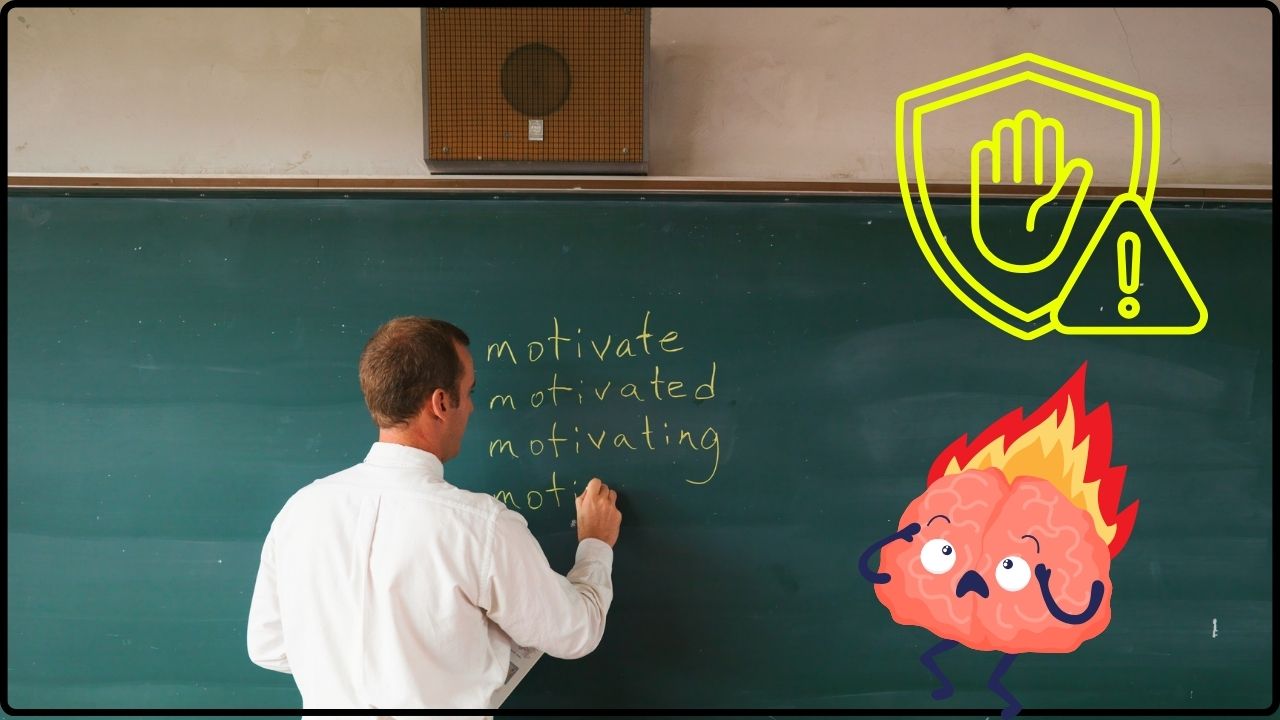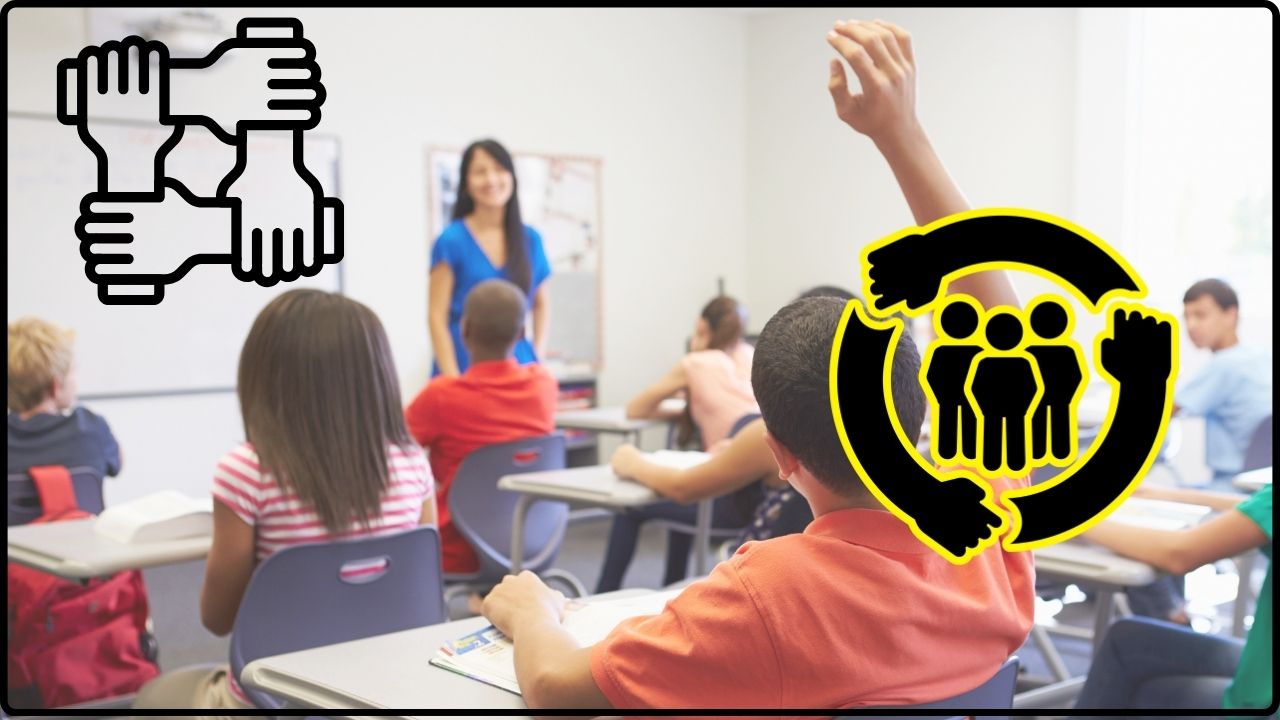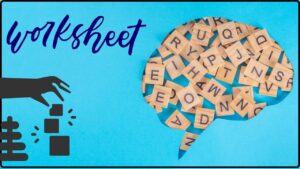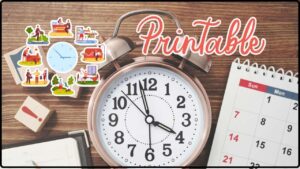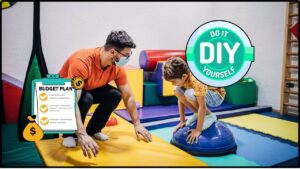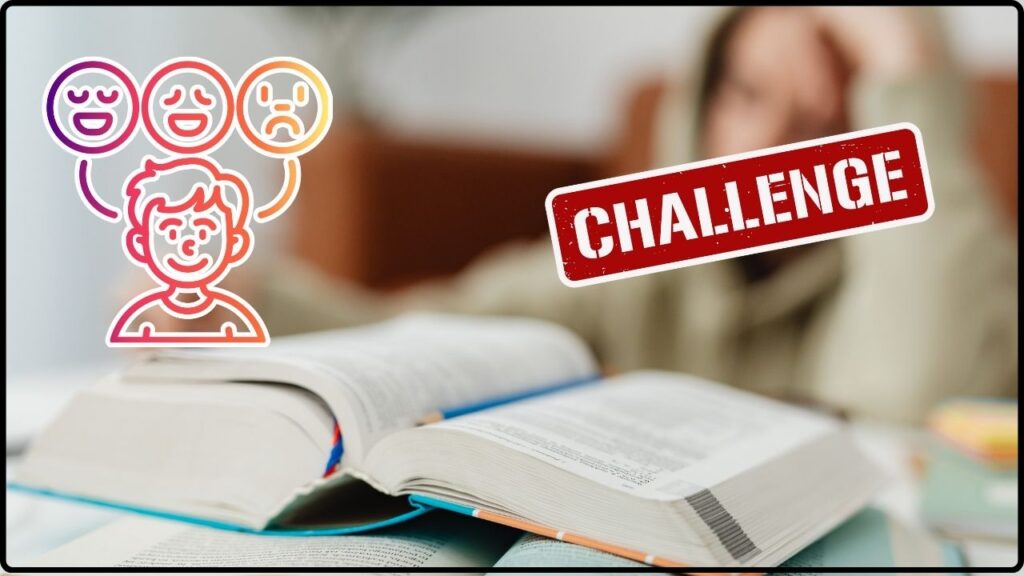
Behavioural Challenges: Disruptive student behaviour is one of the biggest challenges teachers face in classrooms across the U.S. When students act out—whether it’s talking out of turn, defiance, or even aggressive outbursts—it can take a heavy toll on the entire learning environment. But here’s the good news: there are practical, proven de-escalation techniques that educators can use to calm the storm and bring classrooms back into balance. Whether you’re a seasoned teacher, a school counselor, or a concerned parent, understanding these strategies will help you support kids effectively and positively. This article breaks down these techniques step by step, making it easy to follow and apply—even if you’re new to classroom management. And we’ll back up the advice with the latest data and insights from top U.S. education experts.
Behavioural Challenges
Managing behavioral challenges in classrooms is complex but doable with the right tools. Effective de-escalation techniques focus on listening, staying calm, setting clear expectations, and empowering students. The evidence from top U.S. educational research supports these strategies’ ability to improve classroom climate, reduce disruptions, and lift student success. Teachers who master these skills not only create safer classrooms but foster environments where all students can thrive.
| Topic | Details |
|---|---|
| % of teachers affected | 17% of U.S. teachers report losing 4+ hours weekly due to disruptive behavior |
| Key phases in behavior escalation | Calm → Triggers → Agitation → Acceleration → Peak → De-escalation → Recovery |
| Proven strategy examples | Active listening, calm tone, choices, clear expectations, space for cooling down |
| Effectiveness of Positive Behavior | Schools using SWPBIS showed 33% fewer office referrals |
| Best practices | Avoid power struggles, proactively reinforce rules, individual intervention |
What Are Behavioural Challenges & Why They Matter?
Behavioral challenges refer to actions that disrupt the smooth flow of learning, including talking back, getting out of control, or refusing instructions. These disruptions matter because they reduce teaching time and affect all students’ ability to focus and learn. According to a 2023 survey, 17% of U.S. teachers lose over 4 hours weekly just managing disruptions—a serious drain on education quality.
The U.S educational system pushes for positive behavioral interventions and de-escalation as alternatives to harsh discipline. This shift is backed by data proving that supportive strategies reduce suspensions, referrals, and improve school climate overall. These outcomes not only benefit students academically but also improve their social-emotional well-being.
Furthermore, behavioral challenges often mask underlying issues such as trauma, learning disabilities, or family stress; recognizing this is crucial. Educators using de-escalation techniques are better positioned to respond with empathy rather than punishment, which can exacerbate problems.
The 7 Phases of Behavioural Challenges Escalation & How to Intervene
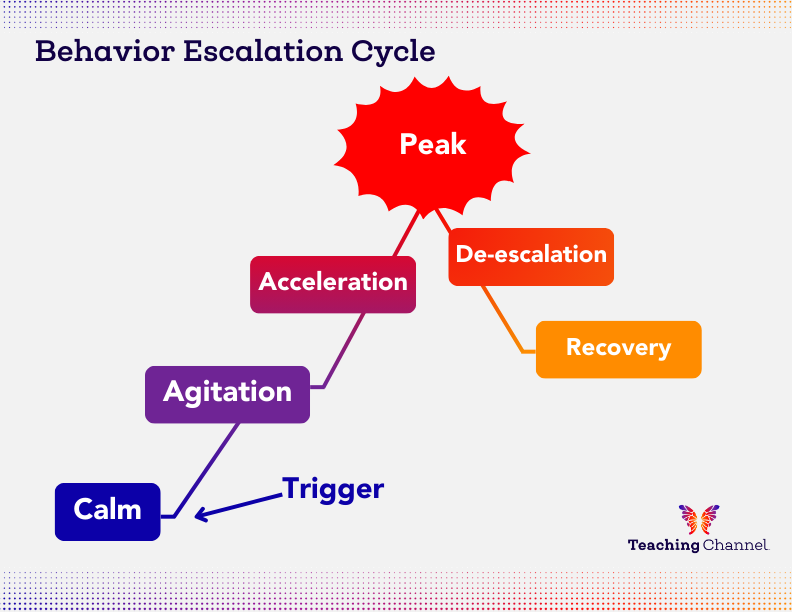
Understanding how a student’s behavior escalates can guide timely teacher responses. Here’s a simplified breakdown of the crisis cycle shared by experts:
- Phase 1: Calm
Students are cooperative and ready to learn. - Phase 2: Triggers
Something happens that causes emotional discomfort, such as a perceived injustice or a challenge with academics or peers. - Phase 3: Agitation
Student becomes restless, may show signs like fidgeting or eye rolling. - Phase 4: Acceleration
Behavior starts affecting others; could include talking loudly, ignoring instructions, or light defiance. - Phase 5: Peak
Out-of-control behavior or aggressive outburst happens. This might include yelling, physical aggression, or property damage. - Phase 6: De-escalation
The student’s emotional state begins to calm and they become more receptive to support. - Phase 7: Recovery
The student regains composure and is ready to re-engage in learning or repair relationships.
By recognizing early warning signs, educators can intervene before behaviors escalate to potentially dangerous levels. For example, during agitation, a teacher might implement calm voice tones and reduce demands. If ignored, behaviors may reach the peak, which often necessitates a more structured intervention.
Top De-escalation Techniques: A Step-By-Step Guide
1. Practice Active Listening & Show Empathy
When a student is upset or disruptive, first listen without interrupting. Use phrases like, “I see you’re upset—can you tell me what’s going on?” This validates their feelings and often helps them calm down because they feel heard. Avoid immediately correcting or punishing, which might escalate tension. Using open body language and maintaining eye contact respectfully enhances the effect of active listening.
Active listening also involves summarizing the student’s concerns, showing you understand: “So what you’re saying is…” This encourages reflection and fosters trust.
2. Stay Calm & Use Neutral Body Language
Your calmness sets the classroom tone. Use a soft voice and relaxed posture. Maintain eye contact but avoid staring or appearing confrontational. These non-verbal cues show respect and control. Teachers who manage their own stress are better equipped to de-escalate students, reducing the emotional contagion effect where anxiety or anger spreads.
Some research indicates that voice pitch and tone are crucial; a steady, lower tone can soothe, whereas a raised voice can provoke defensiveness.
3. Provide Physical & Emotional Space
Sometimes disrupting students need space to cool off. Allow them to step aside or move to a quiet area if available. Avoid crowding them or forcing immediate interaction. This space helps reduce sensory overload and promotes self-regulation. Sensory-friendly environments with soft lighting, quiet corners, or calming tools like stress balls have shown effectiveness in several experimental school settings.
It’s essential that this removal from the group is framed positively—as a chance to regroup — rather than a punishment.
4. Set & Reinforce Clear, Positive Expectations
Post classroom rules visibly and phrase them positively (e.g., “Raise your hand to speak” rather than “Don’t shout”). Consistency and clarity prevent misunderstandings and help students feel secure.
Using visual aids such as charts and stickers also supports younger or special needs students. Positive reinforcement for following rules—such as praise or reward points—boosts compliance and motivation.
Teachers should review expectations regularly and involve students in creating classroom norms to enhance ownership.
5. Offer Choices to Empower
Students often act out when they feel powerless. Providing choices—like deciding which assignment to start first or when to take a short break—gives a sense of control and reduces defiance.
Choices must be genuine and limited to what the teacher can accept. For example: “Do you want to finish your work at your desk or the library corner?”
Research shows that this simple shift from command to negotiation builds cooperation and lowers resistance.
6. Redirect Disruptive Energy Proactively
Address students by name and give simple, direct instructions to refocus their energy. For example, asking them to help hand out materials can turn disruptive behavior into positive participation.
This approach helps children feel valued and part of the classroom community, channeling their energy productively. It’s especially useful during transitions, which are often high-risk times for disruptive behavior.
7. Avoid Power Struggles & Confrontations
Don’t engage in “You won’t” vs. “I will” exchanges—they almost always escalate. If a student reaches the Peak phase, use phrases like “Just a minute,” and calmly disengage, focusing on the rest of the class while monitoring the student.
Educators trained in crisis prevention recommend using scripted phrases during escalation and having clear procedures for when to call for additional support from counselors or administration.
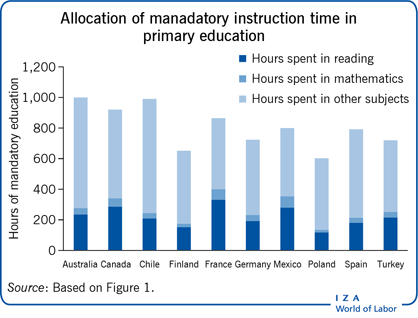
Why Positive Behavioural Interventions Work?
Programs such as School-wide Positive Behavioural Interventions and Supports (SWPBIS) have been shown to reduce office discipline referrals by 33% and improve the social/emotional functioning of students, according to research published in the Journal of Pediatrics. Schools using these approaches see less conflict and more engagement.
SWPBIS works because it helps create a positive, inclusive school culture focused on teaching expected behaviours rather than punishing negative ones. It emphasizes data-driven decision making, so schools regularly track discipline referrals and behavior trends, adjusting supports proactively.
By building a foundation of positive expectations, clear communication, and meaningful relationships, de-escalation becomes easier and more effective.
Best Practices From U.S. Schools
- Address disruptive behavior immediately and individually; don’t make it a “class issue” to avoid embarrassment or bigger flare-ups.
- Use calm, clear communication and avoid sarcasm or ridicule, which can damage relationships and escalate conflict.
- Apply rules consistently to prevent perceptions of favoritism, which undermine authority and trust.
- Build strong teacher-student relationships to foster mutual respect, key to prevention and smooth de-escalation.
- Recognize that disruptive behavior often signals stress or unmet needs, not just defiance, and coordinate support with counselors and families.
- Engage in professional development or training in trauma-informed care and cultural competence to better understand diverse student backgrounds.
Inclusive Physical Education: Games and Adaptations for Mixed-Ability Groups
Managing ADHD in the Classroom: 5 Proven Strategies for Serbian Schools



